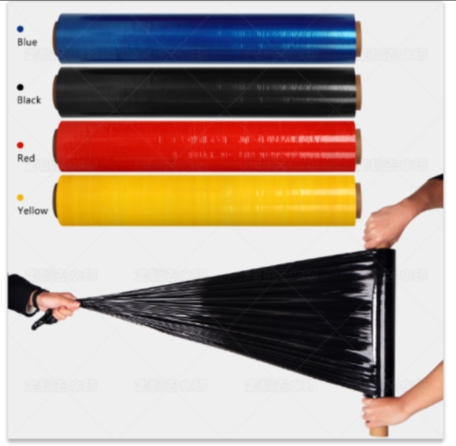Innovative Designs and Sustainable Materials for Eco-Friendly Paper Cup Packaging Solutions
The Evolution of Paper Cup Packaging A Sustainable Approach to Convenience
In today's fast-paced world, the demand for convenient on-the-go beverages has soared, leading to the widespread use of paper cups. Initially criticized for their environmental impact, advancements in paper cup packaging have evolved to prioritize sustainability while meeting consumer needs. This article explores the evolution, benefits, and challenges of paper cup packaging, emphasizing its role in shaping a more eco-friendly future.
Historically, the first paper cups were introduced in the early 20th century, designed to provide a hygienic alternative to reusable cups. Initially made from uncoated paper, these cups were not particularly durable or effective at holding liquids without leaking. However, as the popularity of coffee shops and fast-food restaurants grew, the demand for better performance led to significant innovations in paper cup technology.
Modern paper cups are typically made from a combination of paperboard and a thin layer of plastic or wax coating that provides durability and moisture resistance. This construction ensures that beverages, whether hot or cold, can be safely served without compromising the structural integrity of the cup. Moreover, some manufacturers have begun to explore plant-based coatings as alternatives to traditional plastic, further enhancing the environmental sustainability of paper cups.
One of the most significant advantages of paper cup packaging is its biodegradability. Unlike plastic cups, which can take hundreds of years to decompose, paper cups made from renewable resources can break down within months under the right conditions. This feature makes them a more environmentally friendly option, especially in comparison to their plastic counterparts. Additionally, the use of sustainable forestry practices in sourcing paper helps to reduce the carbon footprint associated with paper cup production.
paper cup packaging

Recycling is another key aspect of paper cup packaging. Although traditional paper cups were often not recyclable due to their plastic lining, advancements in recycling technologies have made it possible to repurpose these materials effectively. Many companies are now implementing closed-loop systems where used paper cups are collected, processed, and transformed into new products. This approach minimizes waste and promotes a circular economy, underscoring the potential of paper cup packaging in sustainability efforts.
However, the paper cup industry is not without its challenges. Despite the advancements in recyclability, many paper cups still end up in landfills due to inadequate recycling infrastructure and consumer awareness. Furthermore, the balance between maintaining the performance needed for beverage service and ensuring environmental considerations remains a focal point of research and development efforts within the industry.
To address these challenges, many businesses and organizations are advocating for comprehensive recycling programs and consumer education initiatives. By encouraging proper disposal and highlighting the importance of recycling, society can cultivate a culture of sustainability that aligns with the growing environmental consciousness of consumers.
In conclusion, paper cup packaging has come a long way from its humble beginnings. With continuous innovations aimed at enhancing sustainability and recyclability, the future of paper cups is promising. As consumers become increasingly aware of their ecological footprint, the demand for environmentally responsible packaging solutions will continue to rise. By embracing these changes, both manufacturers and consumers can contribute to a more sustainable future, ensuring that the convenience of on-the-go beverages does not come at the cost of the planet.
-
The Best Uses for Small Trash Bags in Daily LifeNewsJul.01,2025
-
Stylish Reusable Grocery Bags TrendsNewsJul.01,2025
-
Shipping Advantages of Using Bubble Envelopes BulkNewsJul.01,2025
-
How Compostable Mailing Bags Reduce Environmental ImpactNewsJul.01,2025
-
Environmentally - Friendly Bulk Poly MailersNewsJul.01,2025
-
Eco Friendly Custom Laminated Tote BagsNewsJul.01,2025
-
Have the freedom of customizing your custom mailers any way you want! Our dedicated packaging support will help deliver you the mailing experience you need to elevate your shipping experience to the next level! Start making a strong impression on your customers and stand out from your competitors! -
LIYA uses high quality raw materials which directly purchased from large enterprises domestic and overseas such as PetroChina, Sinopec, Sabic, Equate, ExxonMobil, Dow Chemical, Total, and Borouge, ensuring the price advantage and quality of the raw materials. -
LIYA uses high quality raw materials which directly purchased from large enterprises domestic and overseas such as PetroChina, Sinopec, Sabic, Equate, ExxonMobil, Dow Chemical, Total, and Borouge, ensuring the price advantage and quality of the raw materials.





